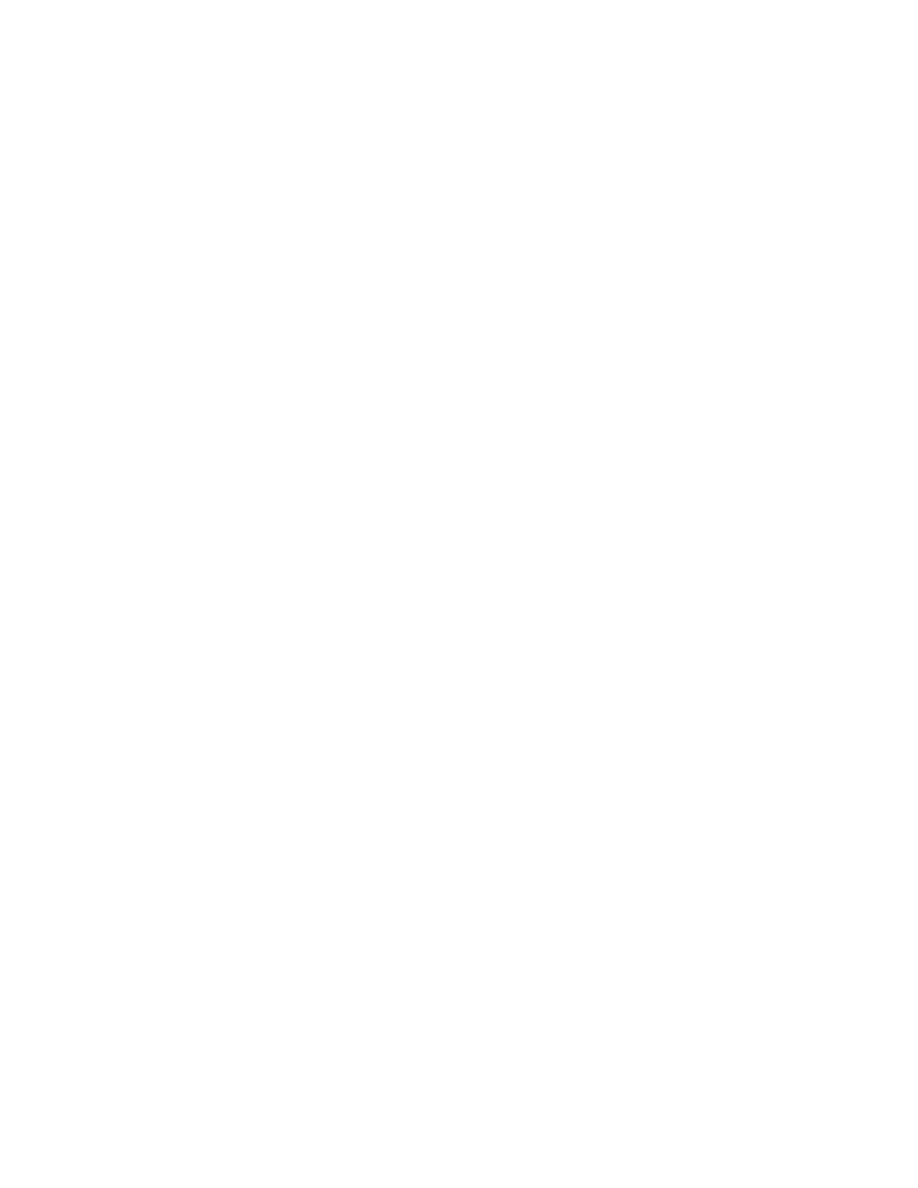Lumina V6-191 3.1L VIN T MFI (1993)

CAUTION: Safety glasses must be worn when using compressed air, as flying dirt particles may cause eye injury. Using compressed air, blow
out dirt from quick-connect fittings.
3.
Quick-connect fittings: Choose correct tool from separator set J37088-A for size of fitting. Insert tool into female end of connector, push inward
and pull connection apart. Repeat for other fitting.
4.
Air duct from throttle body.
5.
Vacuum hose from plenum.
6.
Engine fuel feed and return pipes mounting clamp and attaching screw.
7.
Engine fuel feed pipe from fuel rail. Discard O-ring.
8.
Engine fuel return pipe from fuel rail. Discard O-ring.
INSTALL OR CONNECT:
1.
New O-rings on engine fuel feed and return pipes.
2.
Position engine fuel feed and return pipes to fuel rail and regulator. Finger tighten only.
3.
Engine fuel feed and return pipes to engine compartment connecting fuel feed and return pipe Quick-connect fittings:
a.
Apply a few drops of clean engine oil to the male tube ends.
b.
Push connectors together to cause the retaining tabs/fingers to snap into place.
c.
Once installed, pull on both ends of each connection to make sure they are secure.
d.
Repeat for other fitting.
4.
Engine fuel feed and return pipes mounting clamp and attaching screw. Tighten engine fuel pipe fittings to 3O Nm (22 ft lb). Tighten engine fuel
pipe mounting clamp to 8 Nm (71 in lb).
5.
Vacuum hose to plenum.
6.
Air duct to throttle body.
7.
Tighten fuel filler cap.
8.
Negative battery cable.
9.
Turn ignition switch to "ON," position for two seconds, then turn to "OFF" for ten seconds. Again turn to "ON" position, and check for fuel leaks.
10.
Perform the "Idle Learn Procedure." The ECM will need to relearn the IAC valve pintle position following battery re-connect.
FUEL VAPOR PIPES AND HOSES REPAIR/REPLACEMENT
NOTE: When replacing vapor pipes, always replace them with original equipment or parts that meet the GM specifications for those parts. DO NOT
use copper or aluminum tubing to replace steel tubing. Only tubing meeting the specification or its equivalent is capable of meeting all pressure and
vibration characteristics necessary to ensure the durability standard required.
When replacing vapor hoses or repairing sections of vapor pipe with vapor hoses, always replace them with original equipment or parts meeting GM
specifications, use only reinforced fuel-resistant hose which is identified with the word "Fluoroelastomer" or "GM 6163M" on the hose. Inside hose
diameter must match outside pipe diameter. DO NOT use rubber hose within 100 mm (4") of any part of the exhaust system or within 254 mm (10") of
the catalytic converter. A minimum of 13 mm (1/2") clearance must be maintained around sharp edges such as flanges, pinch welds, etc., to prevent
contact and chafing. A minimum of 19 mm (3/4") clearance must be maintained around all moving parts.
REMOVE OR DISCONNECT:
1.
Hardware retaining section of pipe to be replaced. Note location of attaching hardware for installation.
2.
Section of pipe and hoses.
3.
Inspect hoses for cuts, swelling, cracks and distortion. Replace as required.
4.
Inspect pipes for bends, kinks and cracks. Repair or replace sections as required. In the repairable areas, cut a piece of fuel hose 100 mm (4")
longer than portion of the line removed. If more than a 152 mm (6") length of pipe is removed, use a combination of steel pipe and hose so that the
total hose lengths, including the 100 mm (4") additional length will not be more than 254 mm (10") long.
INSTALL OR CONNECT:
IMPORTANT: Follow the same routing as the original hoses and pipes. Hoses and pipes must be properly secured to prevent charing.
1.
Reverse removal procedure.
